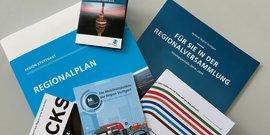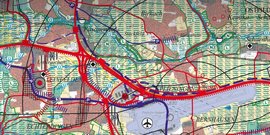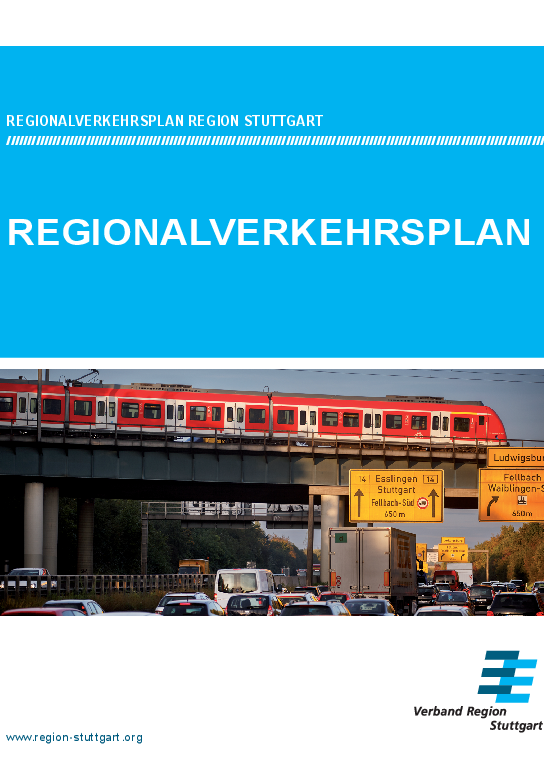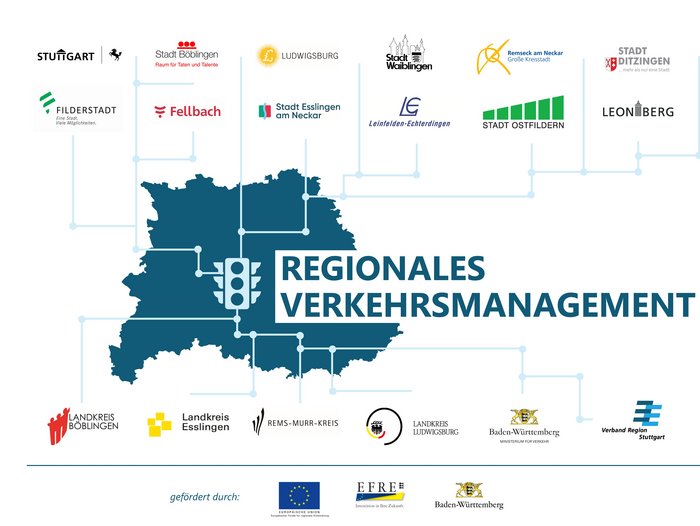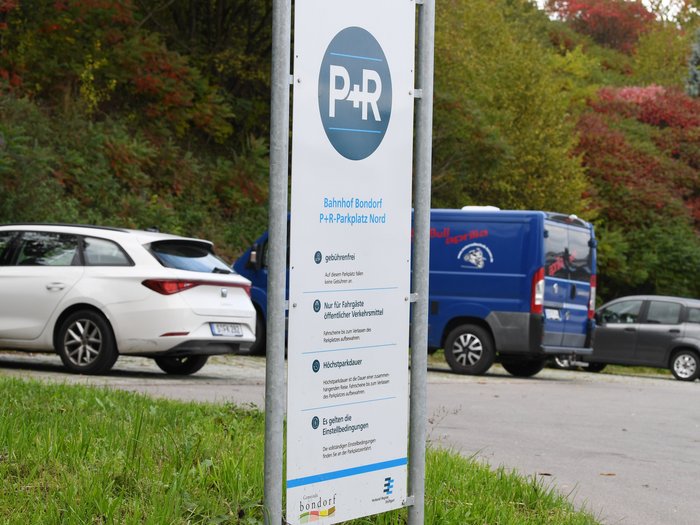The regional transport plan shows which measures can be used to guarantee mobility in the Stuttgart Region in the future and make it sustainable. It takes into account all transportation systems on land, water and in the air. It also keeps an eye on the interactions between settlement, open space and infrastructure development. The regional transport plan is based on an extraordinarily efficient transport model, which guarantees a solid and reliable basis for decision-making. It is the result of a multi-year, multi-stage, transparent and participatory process in which authorities, associations, cities and municipalities, public interest groups and the public were able to contribute to the improvement of the plan. A wide range of criteria were used to evaluate the measures: In addition to traffic and regional planning aspects, these also include climate and environmental impacts. For the first time in regional transport planning, a strategic environmental assessment was carried out and the effects of the measures on CO2 emissions were determined in a climate proofing process.
The result is over 280 road and rail construction projects as well as improvements to rail transport services, which were examined, evaluated and categorized into priority levels. For each measure, all impacts and parameters were summarized in a profile, which can be accessed in the GIS maps by clicking on the measure:
Download details
The regional transport plan can also be downloaded as a PDF file in different versions:
Text section of the regional transport plan
- Basic principles
- Objectives
- Traffic development
- Assessment of measures
Appendix(small resolution / large resolution)
- List of preparatory and accompanying studies
- List of literature used
- Detailed profiles of the measures examined in the areas of infrastructure projects, improvements to rail transport services and organizational pricing and regulatory measures
- Map section with four DIN A3 overview maps
Environmental report(small resolution / large resolution)
- Principles of the Strategic Environmental Assessment
- Statements on the state of the environment, existing pollution and the effects of the regional transport plan and the individual measures
- Information on avoidance, minimization and compensation measures as well as measures for monitoring the impact on the environment
- Map section with a total of 20 DIN A3 maps on the respective topics and protected assets
- Individual assessment forms for evaluating the environmental impact of new construction projects
Further development of the regional transport plan
Many framework conditions in the mobility and transport sector have been changing very dynamically over the past few years. For example, several climate protection laws and plans with more ambitious climate protection targets have been passed, extensive funding programs have been launched and new "push" measures have been introduced. Technical developments have also been driven forward, such as digitalization, alternative drives, semi-autonomous systems, new means of transport, better networking, etc. In addition, the COVID-19 pandemic and the war in Ukraine are having an impact in the form of increased working from home, changes in leisure behavior, changes in the choice of transport and rising energy prices, among other things. These diverse changes are associated with complex challenges that need to be solved in the coming years.
Against this background, the regional transport plan is being further developed in a two-stage process. The planned work content is to be processed as quickly as possible. The contents are therefore assigned to the following stages depending on the need for investigation and the processing time:
- The short-term supplement adopted by the regional assembly on July 26, 2023 deals with aspects that do not require fundamental investigations, extensive model applications or award procedures. The approved text for the short-term supplement can be downloaded here. A participation procedure was carried out for this in the fall of 2022 by resolution of the regional assembly. The results of this were discussed in the Transport Committee in spring 2023, which was followed by a resolution by the Regional Assembly in the summer.
- In the subsequent medium-term adjustment, content requiring in-depth considerations, comprehensive applications of a transport demand model, methodological developments or external expertise will be processed. For this work, the mobility data for the Stuttgart Region will first be updated and a new regional transport demand model developed.
The contents of the two stages are presented in detail in the meeting presentation for the Transport Committee on 17.11.2021(submission VA-177/2021) and in the presentation for the Regional Assembly on 28.09.2022(submission RV-066/2022).
Back to overview Mobility






![[Translate to English:] S-Bahn](/fileadmin/_processed_/3/d/csm_058_-_S-Bahn_Stuttgart_ho___ehengleicher_Einstieg-1-rwilling_ce82cb0b0e.jpg)






